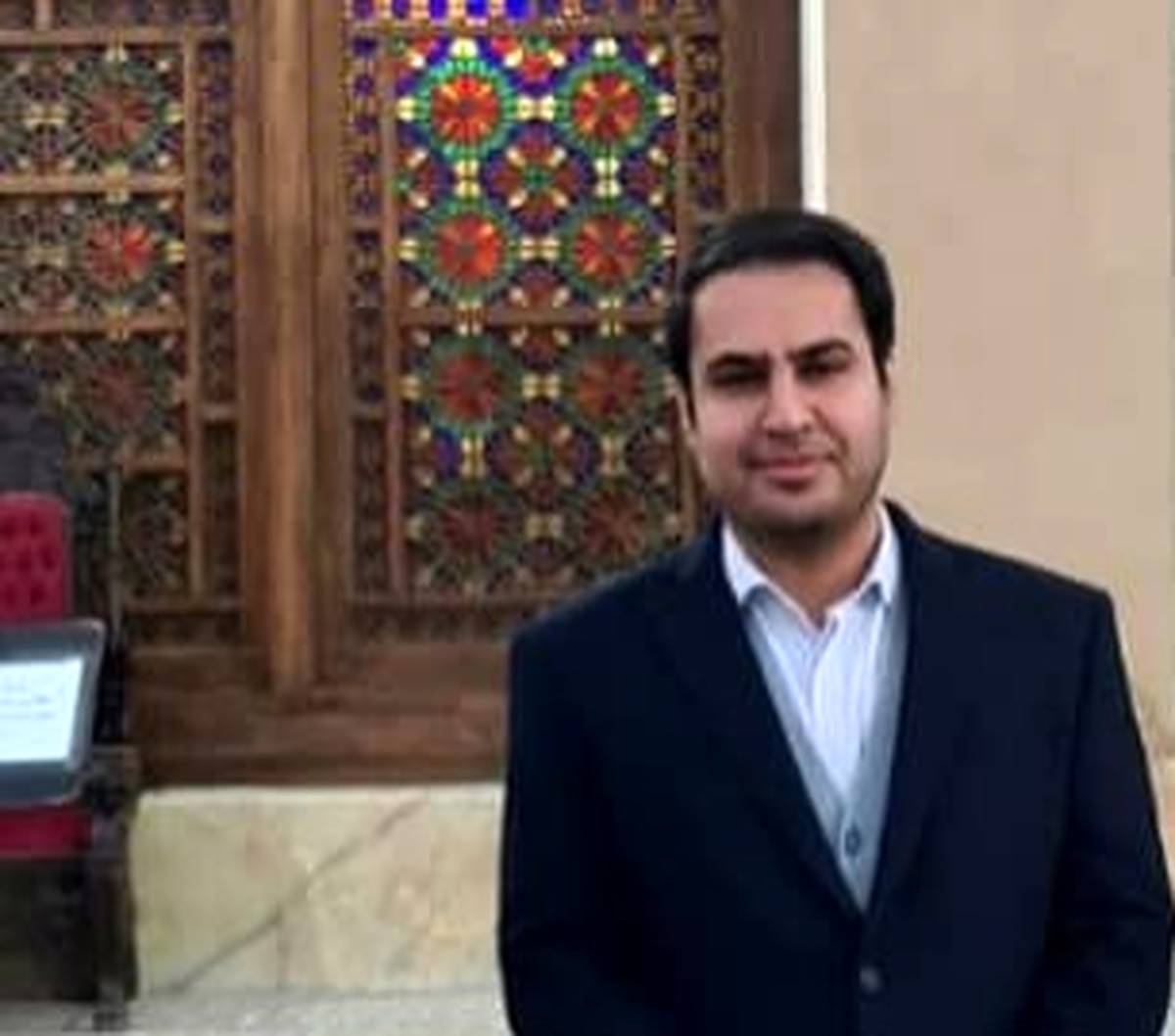
The Art Market in the Middle East: A Hidden Opportunity for Forward-Looking Investment By Seyedmohammad Omrany
In recent years, the Middle Eastern art market has experienced remarkable growth—a growth that not only reflects the region’s rich cultural potential but also signals a unique opportunity for intelligent investment in the creative economy.
ArtDayMe | Seyedmohammad Omrany [Art Economy Expert]: With its millennia-old heritage, cultural diversity, and a new generation of contemporary artists, the Middle East is gradually becoming a global focal point for visual arts and the art market. Once perceived mainly as a cultural practice or a repository of traditions, art is now emerging as an economic asset and even a tool of cultural diplomacy. Countries such as the UAE, Qatar, Saudi Arabia, and Lebanon have, in recent years, built dynamic markets through the establishment of art institutions, international auctions, and gallery support. These efforts, from the Louvre Abu Dhabi in the UAE to Saudi Arabia’s large-scale cultural investments and Qatar’s prestigious exhibitions and auctions, demonstrate how governments are integrating art into their national development agendas. Such initiatives enhance cultural infrastructure, attract international attention, and underscore art’s transformation from cultural product to economic opportunity.
_The Role of Governments
Governments must provide clear legal frameworks to ensure secure and trustworthy art transactions. They also play a vital role in supporting arts education, nurturing young talent, and investing in cultural infrastructure such as museums and exhibition centers. Tax incentives for collectors and investors, transparent import-export regulations, and international recognition of artworks are among the policies that can stimulate the market. Beyond economics, governments can leverage art as an instrument of soft power through cultural diplomacy.
_The Necessity of Private Sector Engagement
Despite progress, the Middle Eastern art market remains heavily dependent on state support. Global experience shows that true vitality emerges when the private sector is actively engaged. Private actors—through galleries, art investment funds, support for emerging artists, and digital platforms—can diversify and bring greater transparency to the market. Their involvement not only promises economic returns but also strengthens cultural identity, public diplomacy, and the region’s global image. In economies seeking to reduce reliance on oil, the private sector can help transform art into a driver of non-oil growth.
_Art and the Non-Oil Economy
One of the key reasons for growing interest in art is its potential to diversify economies away from oil. The creative industries can serve as a foundation for non-oil economies, generating direct financial activity through sales and auctions, while also activating secondary sectors such as cultural tourism, education, content production, and related industries. Beyond job creation, art investment strengthens national branding and attracts foreign capital, positioning art as a strategic asset for long-term economic planning.
_Diverse Investment Opportunities
The art market offers a wide range of investment channels. Artworks as capital assets can deliver long-term returns, though they require expertise and professional guidance. Establishing galleries, investing in new media such as NFTs, and launching digital platforms represent new frontiers. Art funds also allow small-scale investors to participate, broadening access and strengthening the market’s base.
_Advantages and Challenges
Compared to Europe and the U.S., the Middle Eastern art market remains less saturated, making it particularly attractive. A younger demographic with a growing interest in contemporary and digital art further drives demand. However, challenges such as lack of transparency in pricing, limited liquidity, and the need for expertise pose risks. Thus, success requires transparent regulation, advisory institutions, and improved financial literacy in the arts sector.
_Future Outlook
The Middle East is poised to become a major hub of global art. Integrating art with new technologies such as virtual reality and blockchain opens fresh opportunities for investors. Dubai and Riyadh, with their cultural and economic infrastructure, are already positioning themselves as emerging global art centers. Achieving this vision will require governments and private players to act in tandem, creating a sustainable and dynamic ecosystem.

_Iran’s Opportunity
Iran, with its profound artistic heritage and creative talent, holds significant potential—provided that it strengthens its cultural infrastructure, expands international engagement, and attracts private investment. From calligraphy and miniature painting to carpets, ceramics, and contemporary art, Iran’s diverse traditions align with global demand for authenticity and variety. Moreover, the art sector can drive cultural tourism through festivals and exhibitions in cities such as Isfahan, Shiraz, and Tehran. Beyond heritage, Iran’s new generation of contemporary and digital artists is highly active. NFTs and online platforms enable them to reach global markets without physical presence in international auctions. Establishing art funds and private galleries could channel domestic capital into the sector, supporting both artists and cultural vitality.
Art also carries strategic value as soft power: showcasing Iranian art in international auctions, biennales, and expos can reshape perceptions and reinforce Iran’s cultural presence globally. Regional cooperation with Gulf markets—Dubai, Doha, Riyadh—through joint platforms, exhibitions, and investment partnerships represents another crucial pathway.
_A Strategic Necessity
Today, the Middle Eastern art market is more than an economic opportunity—it is a tool for national development and cultural influence. Governments provide the legal and institutional foundations, while the private sector ensures independence and dynamism. In the context of non-oil economies, investing in art is no luxury but a strategic necessity. If investors and entrepreneurs recognize this potential, they can not only secure financial gains but also contribute to shaping the cultural and economic future of the region.

LEAVE A RELPY